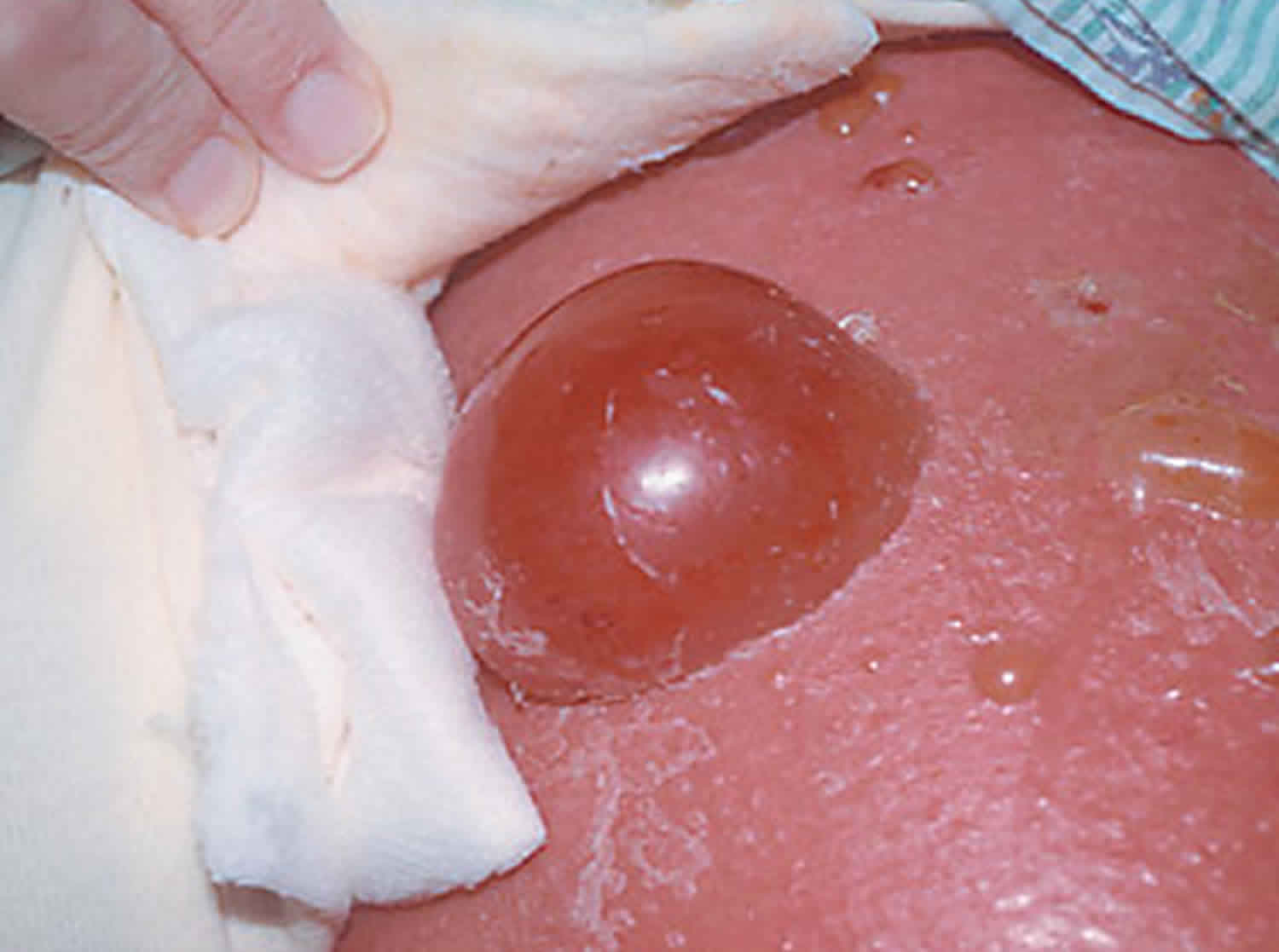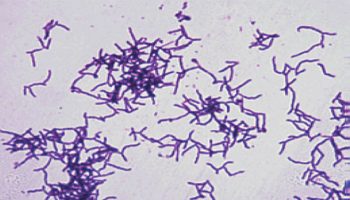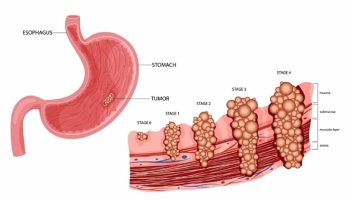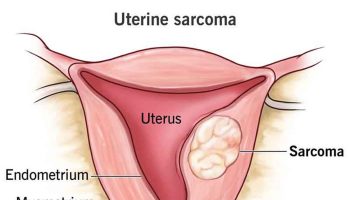Edema blister
Edema blisters also called edema bullae typically form at the site of skin swelling during acute states of volume overload, most commonly during renal or cardiac failure 1. Edema blisters present as the medium to large-sized vesicles and typically manifest during states of volume overload causing acute swelling in the affected site. Blisters that form because of edema contain sterile fluid. Because of their thin roof, they usually break within a few days.
Edema blisters occur most commonly in the elderly and immobile during acute increases in interstitial fluid pressure 2. Edema blisters present as non-erythematous, medium to large-sized blisters with sterile fluid housed under a thin roof that often breaks within a few days 3. Edema blisters are complications of increased fluid, appearing at both the time and site of edema. As such, the clinical history and physical presentation are typically sufficient for diagnosis; a biopsy showing subepidermal edema with negative immunofluorescence staining may be performed to differentiate acute edema blisters from other bullous diseases such as bullous pemphigoid and pemphigus vulgaris 3.
The treatment of acute edema blisters is directed towards reducing fluid overload. The elevation of the dependent extremity may promote lymphatic drainage and lesions typically resolve once the fluid imbalance is corrected3.
Edema blister causes
When capillary filtration develops too rapidly for compensatory lymphatic drainage, dermal edema may occur, leading to blister formation 2. Edema blisters can be seen in various medical conditions associated with an increase in interstitial fluid, including heart failure, renal disease, hepatic cirrhosis, angioedema, hypoalbuminemia, venous occlusion (thrombosis), and lymphedema, or be caused by ingestion of certain drugs (eg, calcium channel blockers). Acute edema blisters may also occur more readily in the patients with poor lymphatic drainage such as those with venous insufficiency or immobility leading to disuse of muscular pumps. Rarely, edema blisters have been reported in hereditary angioedema 3.
Edema blister treatment
Edema blister treatment involves treating the underlying cause of the edema by reducing fluid overload. Once the fluid imbalance is corrected, these blisters resolve without recurrence 4. If the blisters are located on a distal portion of the lower extremities, elevation of the legs can reduce the edema and subsequent blister formation.
- Chen SX, Cohen PR. Edema Bullae Mimicking Disseminated Herpes Zoster. Cureus. 2017;9(10):e1780. Published 2017 Oct 17. doi:10.7759/cureus.1780 https://www.ncbi.nlm.nih.gov/pmc/articles/PMC5732012[↩]
- Bhushan M, Chalmers RJ, Cox NH. Acute oedema blisters: a report of 13 cases. Br J Dermatol. 2001;144(3):580–582. doi:10.1046/j.1365-2133.2001.04087.x https://doi.org/10.1046/j.1365-2133.2001.04087.x[↩][↩]
- Acute edema blisters on a skin swelling: an unusual manifestation of hereditary angioedema. Fabiani J, Bork K. Acta Derm Venereol. 2016;96:556–557.[↩][↩][↩][↩]
- Bhushan M, Chalmers RJ, Cox NH. Acute oedema blisters: a report of 13 cases. Br J Dermatol. 2001;144:580–2.[↩]





